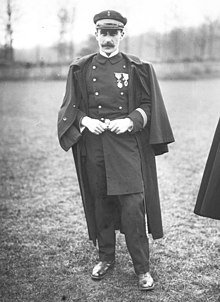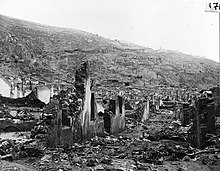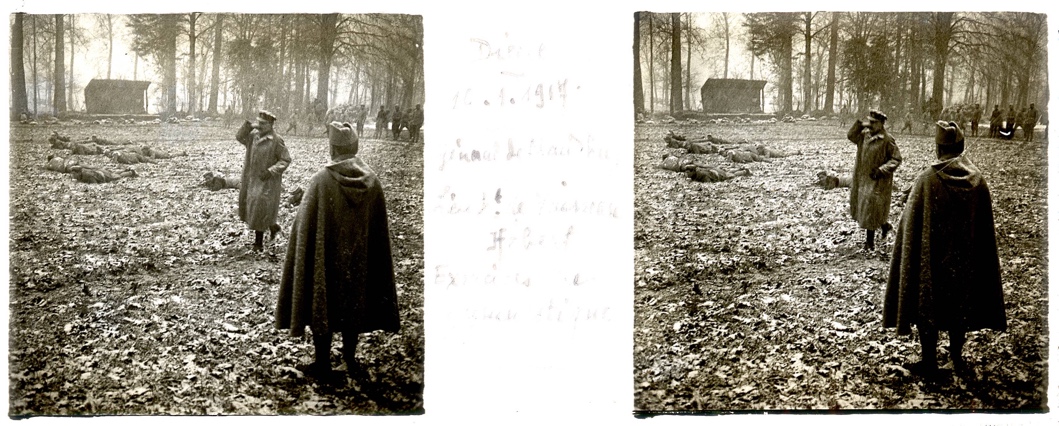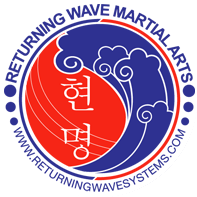You cannot teach a man anything, you can only help him find it within himself.”
― Galileo
I came across something interesting while listening to an unrelated podcast-something I do when waiting, driving, or bored.
The speaker was mentioning a man named Georges Hebert (1875-1957) who was a pioneering physical educator in France.


Martinique in ruins after volcano
To make the story short, he was in the French navy when a volcano exploded on the island of Martinique. He was involved with the rescue, and what aroused his curiosity, and impressed him, were the qualities that helped the people he rescued to survive the disaster.
To this he added two other qualities: altruism and courage.
He condensed these into several categories:
- Pursuit- walk, run, crawl
- Hunter/gatherer-the ability to hide, and to track. Remember the childhood games of tag, and hide and go seek-those kinds of skills.
- Escape-climb, balance, swim, jump.
- Attack-boxing, wrestling, lifting, fighting.
- Breakfalls-bike riding and falling is better learned and survived at a young age than as an adult.
In pursuit of this, he was the first to develop the use of the “obstacle course”
(Le parkours) as a method of training many of these skills at the same time. Of course, me having failed high school French, I would never have made the connection.

Early field training for the French army (image doubled because it was a stereoscopic photo)
In my understanding, his ultimate idea was that just training the physical body in one particular way was not good enough. You had to incorporate a holistic approach that included all of the above considerations to make a “whole person”. To this end you also had to add mental and moral culture (he termed them “psychic gymnastics” )as well.
This was so effective, that almost every modern army has adopted these ideas into the training of their troops.
This very much impressed me because of how it relates to our time. Martial art schools are always talking about how they instill confidence, fitness, etc., blah blah. They never delve into the how, and much less the why. By this I mean that the goal is to develop better people–not just fighting machines. In other words, confidence, fitness, and so forth, are wonderful, but all to what end.
We leave out so many of the more important things we do convey.
As children we learn to understand our surrounding world through our sensory mechanisms. Orthotists (such as me) were fitting braces to disabled children with, albeit, limited positive results. Then one day someone tried cutting the heel out of the brace so that the children could feel the ground. The children suddenly did much better.
I once tried to explain to the owner of a martial art school that one of the greatest unmentioned benefits for a child’s learning experience, was that it was all done barefoot. It greatly increased the children’s balance, and general kinesthetic sense because of that. Try doing that with baseball or football.
I remember in the Frank Herbert book of Dune that young Paul, when he was fighting, recalled his teacher telling him that “if you are unsure of your surface-bare feet are best”.
We build a map of the world through the sensory inputs of our bodies. We build better bodies by instilling physical fitness, sure, but we build healthier, higher functioning adults by incorporating all of these other things into their training.
I would like all practitioners and teachers out there to speak more holistically about what they do, and are capable of providing. It really is much more than self-defense, sports, fitness, and flexibility. Have we really spent all of those years of concentration and effort just in case somebody, somewhere, just might take a swing at us?
© Richard Conceicao 8 Dan
